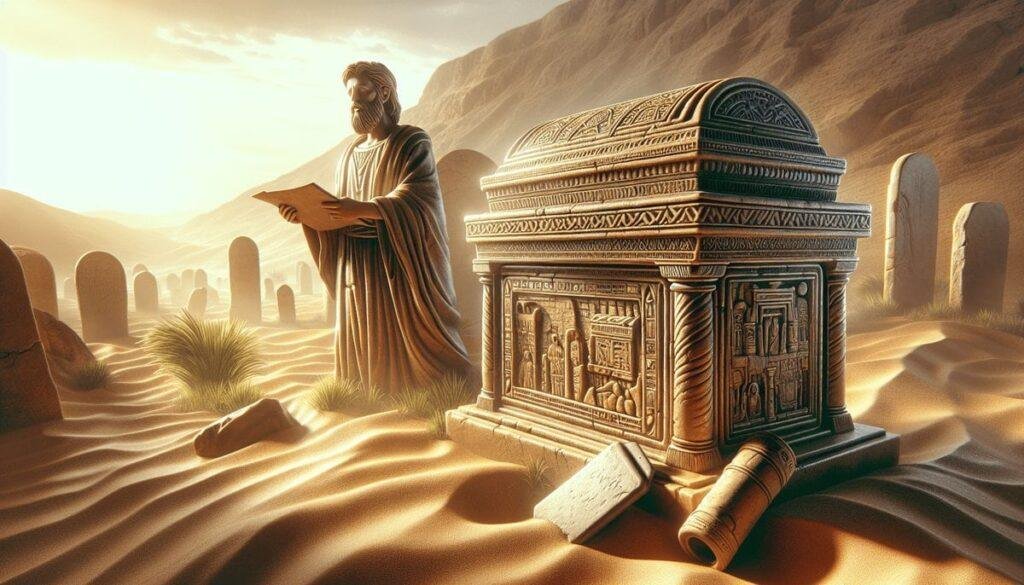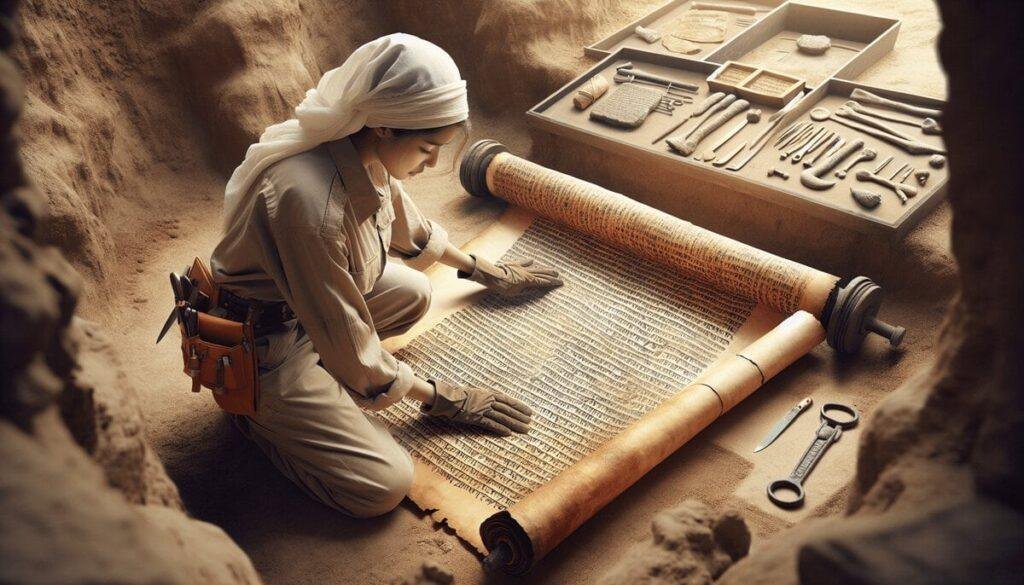Have you ever considered how a single archaeological discovery might alter our understanding of biblical history? The Ancient Temple Mount Discovery is one such remarkable event that has the potential to shift long-held perspectives about biblical history and culture. This discovery offers staggering insights into the ancient world, allowing for a reevaluation of historical narratives and prompting scholars to reconsider their interpretations.
This profound revelation on the Temple Mount underscores our ongoing quest to reconcile archaeological finds with biblical texts. The discovery not only aligns with certain historical accounts found in religious scripture but also challenges some interpretations, leading us into a complex exploration of history. This article will delve into the discovery’s context, present the archaeological evidence, and discuss its historical and biblical implications.
The Discovery Context
In order to appreciate the significance of this recent discovery, it’s essential to understand its biblical, historical, and geographical context. The Temple Mount, known as Mount Moriah in the Bible, holds profound importance in religious history. It is the site where Abraham is believed to have prepared to sacrifice his son Isaac, and the location of Solomon’s Temple as described in the Hebrew Bible. This site has continued to be a focal point for religious activities throughout the centuries.
Biblical References
References to the Temple Mount can be found prominently throughout biblical texts, underpinning its spiritual significance. Some scriptures describe the grandeur of Solomon’s Temple, while others discuss the Second Temple’s construction and subsequent destruction. These narratives consolidate the Mount’s status as a religious epicenter and a symbol of divine intervention and justice.
Historical Background
The historical trajectory of the Temple Mount is as layered as it is complex. From Solomon’s biblical reign to the Roman conquest and subsequent tumultuous centuries, the site has witnessed countless civilizations, each leaving a mark. During the Second Temple period, it was enhanced by Herod the Great, whose expansions made it a remarkable architectural achievement. However, the destruction wrought by the Romans in 70 CE serves as a poignant reminder of the site’s vulnerability.
Geographic Location
Situated in the heart of Jerusalem, the Temple Mount is a sophisticated blend of geographic prominence and strategic positioning. Its location atop one of the city’s key hills offers both a commanding view and a symbolic dominion over the landscape. It remains a contested yet revered site, drawing pilgrims from across the world.
Recent Findings
Recent excavations on the Temple Mount have unveiled artifacts predating previously believed settlements, suggesting that this area was of significant importance even before the construction of Solomon’s Temple. Finds include pottery shards, structural remains, and ancient coins, all pointing to a bustling civilization long before biblical times. These discoveries compel historians to reexamine previous assumptions regarding the timeframe of human activity on this site.
Archaeological Evidence
The physical evidence unearthed at the Temple Mount has profound implications not only for historians but also for those studying biblical narratives. Artifacts illuminate the cultural and societal norms of their time, offering tangible links to the past.
Specific Artifacts
Among the most compelling artifacts found are fragments of ceramic vessels, which have been scientifically dated to centuries earlier than prior estimates suggested. Additionally, the discovery of coins minted by rulers long forgotten adds a valuable economic dimension to our understanding of the era.
Dating Methods
Utilizing advanced dating techniques such as radiocarbon analysis, archaeologists have reconstructed a more accurate timeline of human activities on the Mount. These methods have revealed that settlement activity predates earlier accepted historical epochs. Such findings are pivotal as they redefine not just the chronology but also the cultural context of biblical events.
Physical Descriptions
Recent excavations have uncovered physical structures that suggest substantial settlements, possibly predating even monumental constructions attributed to Solomon. Remnants of walls, floors, and other structural components have been carefully cataloged, painting a vivid picture of an ancient society that thrived in ways previously unknown.
Expert Interpretations
Eminent archaeologists and biblical scholars have weighed in on these findings, providing new interpretations that may reframe traditional understandings. According to Dr. John Richetti, a leading historian specializing in ancient civilizations, these artifacts “challenge conventional timelines, pushing the boundaries of what we know about the origins and developments of early urban societies in this region.”
Significance
The implications of this discovery are as profound as they are wide-ranging, affecting our interpretation of everything from biblical texts to historical understanding and modern cultural perspectives.
Biblical Implications
These findings invite a reevaluation of specific biblical narratives, particularly those concerning the origins and the development of ancient Israelite society. When material evidence diverges from scripture, it prompts rich debates and discussions regarding the nature of historical documentation in sacred texts.
Historical Impact
The archaeological discoveries on the Temple Mount might rewrite sections of historical records, offering new insight into the region’s sociopolitical dynamics during ancient times. They also provide a nuanced view of daily life beyond royal narratives, shedding light on the broader spectrum of society.
Modern Understanding
For contemporary society, these findings enrich our understanding of cultural heritage and identity. They highlight the interconnectedness of historical narratives, reminding us of the intricate tapestry of interpretation woven by time, discovery, and research.
Research Status
Ongoing research into these artifacts and structural remnants continues to yield new insights, and scholars remain hopeful about uncovering more pieces of this ancient puzzle. This discovery underscores the dynamic nature of archaeology, where technological advancements and fresh perspectives can alter long-established historical narratives.
Conclusion
In summary, the recent discovery on the Temple Mount redefines not only our historical understanding but also how biblical accounts are interpreted. It challenges and complements existing narratives, inviting continual exploration and discussion. As this research progresses, it will undoubtedly offer further insights into the ancient world and its intersection with religious texts.
Looking ahead, these findings emphasize the critical importance of archaeological study in enhancing our collective understanding of history and religion. Scholars and enthusiasts alike are encouraged to continue supporting research endeavors that uncover the untold stories of our past. Such discoveries illuminate not only the world of our ancestors but also the profound connections that bind history to the present day.





